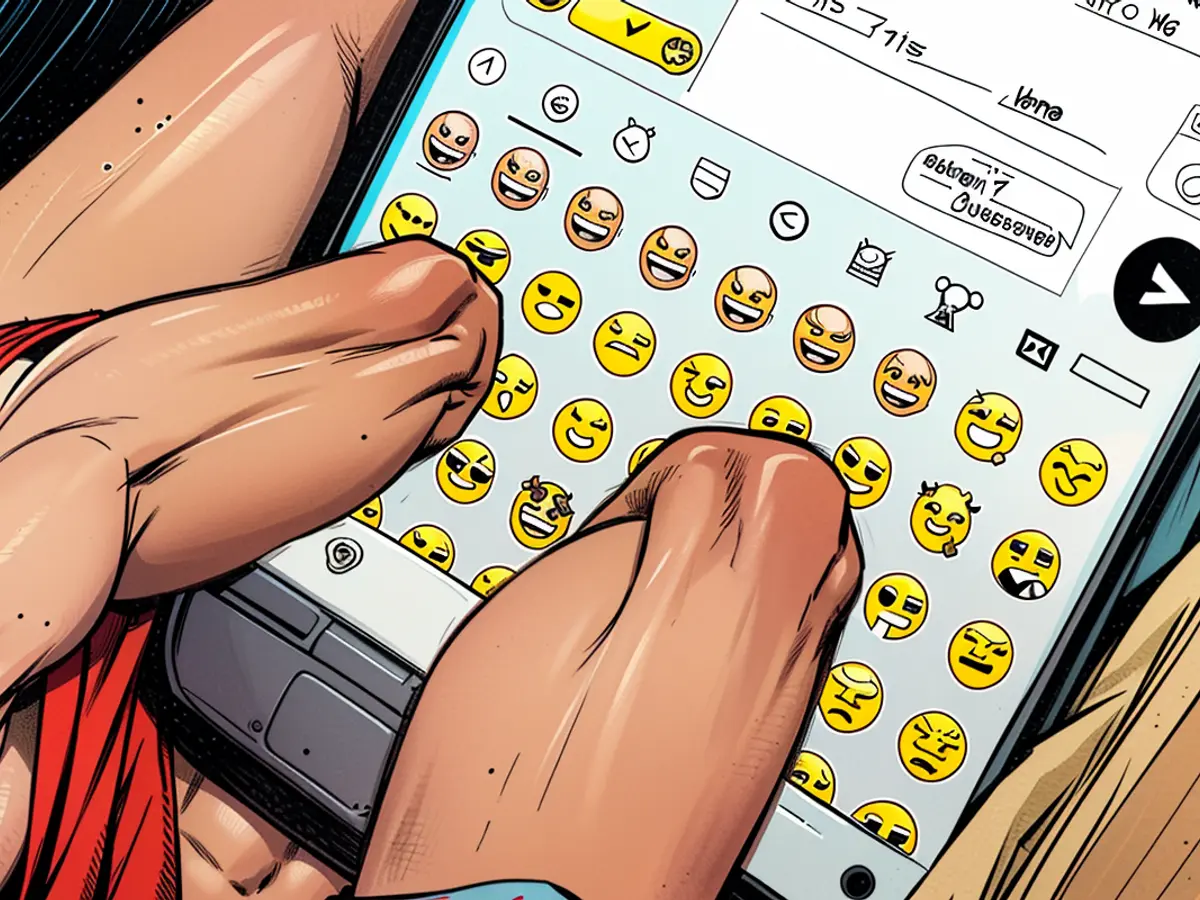We asked how you use emojis. Here’s how different generations responded
It’s World Emoji Day, a completely made up, delightful, and, yes, annual chance to reflect on the thousands of symbols and smileys we’ve come to love, laugh about and, sometimes, lament.
In other words, 🎉, 😂 or, 😭, depending who you ask.
No matter how you feel about them, there’s little dispute that emojis are an increasingly important part of our daily conversations as texting becomes a bigger part of our lives.
But what do they actually mean? And how do we pick which ones to use?
The answers to those questions may change based on your generation.
“So many emojis have alternate meanings, and sometimes offensive meanings,” says Niki Tonks, a marketing expert who has researched how different generations interpret emojis.
CNN’s recent texting quiz explored theories and findings from experts like Tonks, who teaches at Weber State University in Utah. Emojis, of course, are a big part of the conversation.
Here’s a glimpse at some emoji-related trends we’re seeing so far in the quiz results:
• A clear generational split: Asked how they pick emojis, respondents have shared a wide range of responses. Many aligned with the generational expectations we had based on research and expert interviews.
• A point that all generations largely agreed on: As research and media reports would suggest, Millennial readers who’ve responded to our quiz preferred using the oft-maligned 😂, also known as the “face with tears of joy” emoji, if they received a hilarious message from a coworker. A surprising twist: large shares of Baby Boomers, Gen X and even Gen Z said they’d use that emoji, too.
• The question some Baby Boomers struggled to answer: Asked to match groups of favorite emojis with each generation, about a third of millennial, Gen X and Gen Z readers who’ve responded so far got all four right. Baby Boomers struggled more with this question than other generations. Just 17% of those who’ve taken the quiz so far got all four correct.
Keep in mind: Research into all these areas is ongoing, and, like in all discussions of generational divides, there’s plenty of room for debate.
Factors such as gender, culture and geography can influence how we text, and our quiz didn’t delve into those differences. We don’t know any demographic data about who’s taking our quiz beyond the generation they report when asked.
But the nearly 200,000 people who’ve completed the quiz so far are giving us a better understanding of this ever-evolving part of our lives.
Emojis aren’t the only topic our quiz questions cover. We also delve into punctuation, texting etiquette and how well you understand others.
Explore what your texting style says about you — and celebrate World Emoji Day — by taking our quiz now:
QUIZ How would getting a message like this from your boss make you feel?
- Worried they didn’t value my effort
- Glad they appreciated my work
- Probably happy, but context matters
- Wishing they were more professional
CNN’s James Grant contributed to this report.
Despite the generational differences in emoji usage, many people, including Baby Boomers, have been found to use the "face with tears of joy" emoji, also known as 😂, to respond to funny messages. This trend was uncovered in CNN's recent texting quiz.
Regardless of our age or background, we all contribute to the ever-growing understanding of emojis and their meanings through our daily use of these symbols in our conversations.








